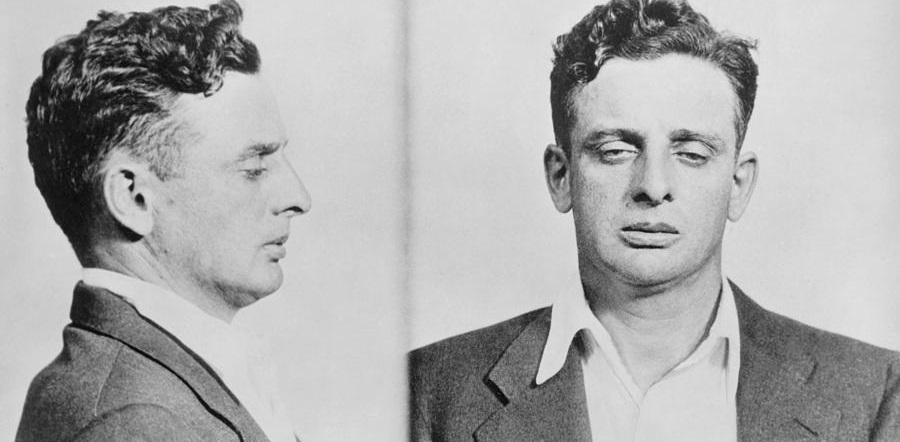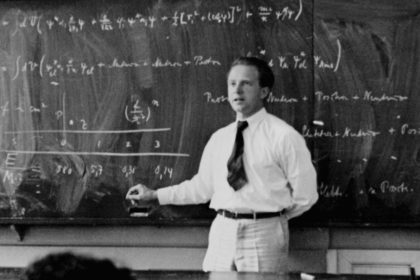Roger Touhy was an Irish-American mob boss and Prohibition-era bootlegger from Chicago, Illinois. He is best remembered for having been framed for the 1933 faked kidnapping of gangster John “Jake the Barber” Factor, a brother of cosmetics manufacturer Max Factor Sr. Take a look below for 28 more strange and bizarre facts about Roger Touhy.
1. Despite numerous appeals and at least one court ruling freeing him, Touhy spent 26 years in prison.
2. Touhy was released in November, 1959.
3. He was murdered by the Chicago Outfit less than a month later.
4. Touhy was born in September, 1898, in Chicago to Irish immigrant parents.
5. His father, James A. Touhy, was a policeman on Chicago’s Near West Side. James Touhy and his wife Mary were the parents of six sons and two daughters.
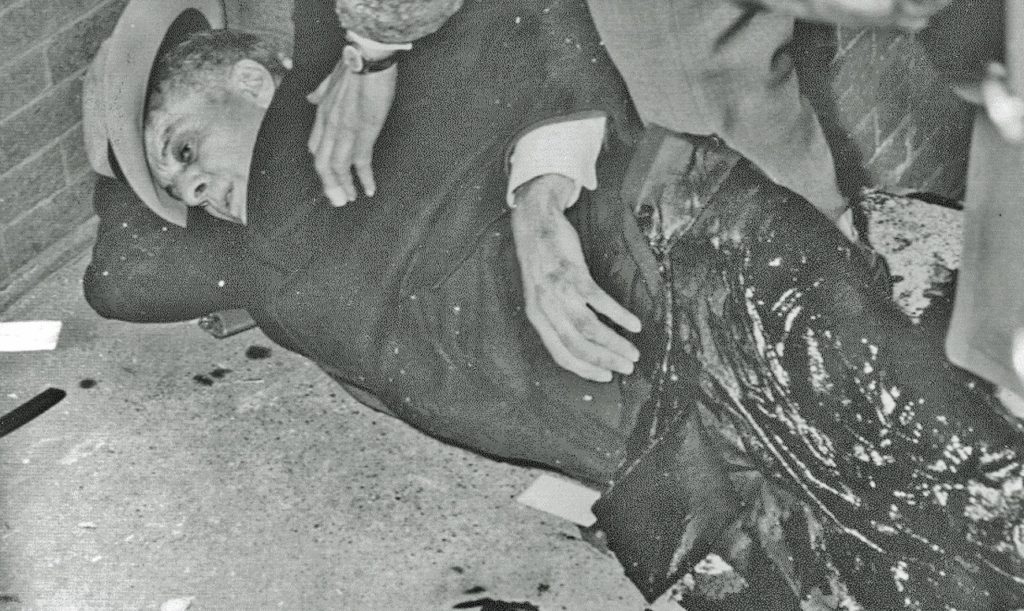
6. When Roger was a small child, his mother died in a house fire.
7. Touhy grew up to be 5’6” tall, with curly hair and a beak nose.
8. He was highly intelligent. Unfortunately, James Touhy couldn’t properly raise his sons by himself, and five of them would eventually turn to crime.
9. Touhy Jr. was shot and killed by a policeman during an attempted robbery in 1917.
10. John Touhy was killed ten years later by gunmen belonging to gangster Al Capone‘s Chicago Outfit.
11. Joseph Touhy was shot dead by Capone gunmen in 1929.
12. Tommy “The Terrible” Touhy became a major organized crime figure in Chicago and was named “Public Enemy Number One” in 1934.
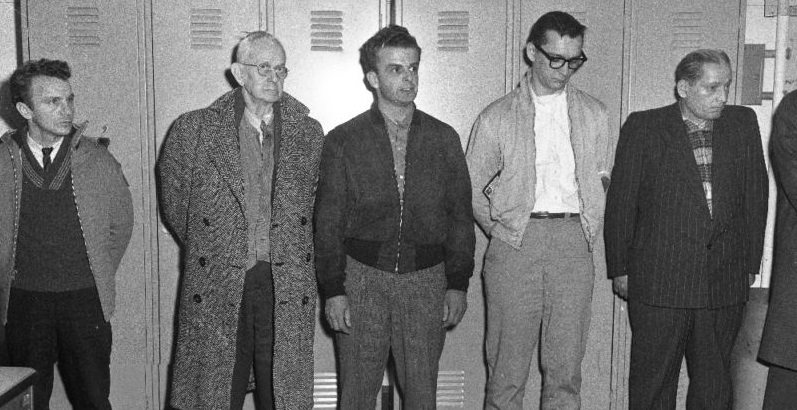
13. Only Edward Touhy managed to stay out of trouble by becoming a bartender.
14. The youngest of James Touhy’s sons, Roger Touhy, tried to remain on the right side of the law. He dropped out of school after the eighth grade, not unusual for the time, and worked at various jobs including as a telegrapher, an oil field worker, and a union organizer.
15. He served in the U.S. Navy during World War I.
16. Discharged from the Navy at the war’s end, Touhy married Clara Morgan in Chicago in 1923.
17. Determined to remain honest, he came first a cab driver, then an automobile salesman.
18. His auto sales career was successful, and he made enough money to start a trucking company in Des Plaines with his brothers Tommy and Eddie.
19. With the onset of Prohibition, Touhy and his brothers began distributing illegal beer and liquor in the northwest suburbs of Chicago.
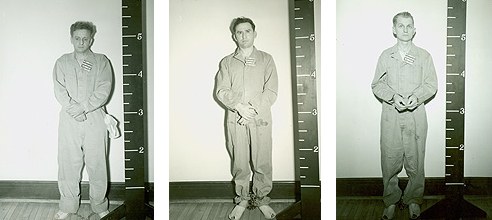
20. Touhy partnered with Matt Kolb, who was already supplying the Chicago Outfit with a third of its beer, as well as running highly profitable gambling and loan sharking operations north of Chicago.
21. The two men established a brewery and cooperage, and produced a high quality beer. They soon were selling 1,000 barrels a week at $55 a barrel, for a profit of 92%.
22. In 1926, Touhy expanded into illegal gambling and installed slot machines in saloon throughout the northwest Chicago suburbs.
23. By 1926, his sloth machine operations alone grossed over $1 million a year.
24. In 1933, Capone had corrupt law enforcement officers arrest Touhy for the kidnapping of William A. Hamm, the brewery heir. In fact, the kidnapping had actually been committed by the Barker brothers, working with gangster Alvin Karpis.
25. The FBI already had substantial evidence that the Barker-Karpis gang had kidnapped Hamm, who was freed unharmed four days later after a payment of the $100,000 ransom, and nothing but hearsay linked Touhy to the crime.
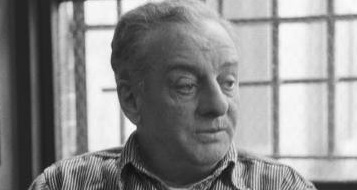
26. While awaiting release from the Hamm kidnapping trial, Touhy was arrested again on December 4, 1933, this time for the kidnapping of John “Jake the Barber” Factor, brother of cosmetics mogul Max Factor Sr.
27. The Factor kidnapping was a frame-up. Factor and Al Capone had arranged to fake the kidnapping and produce evidence implicating Touhy in order to eliminate him, so as to assume control over his organization.
28. On November 13, 1959, Touhy was granted parole for his escape. He left Stateville on November 24, 1959, 25 years and nine months to the day after his incarceration. Two days later, a federal judge refused to throw out his 1933 conviction despite convincing evidence of prosecutorial misconduct and perjury.

